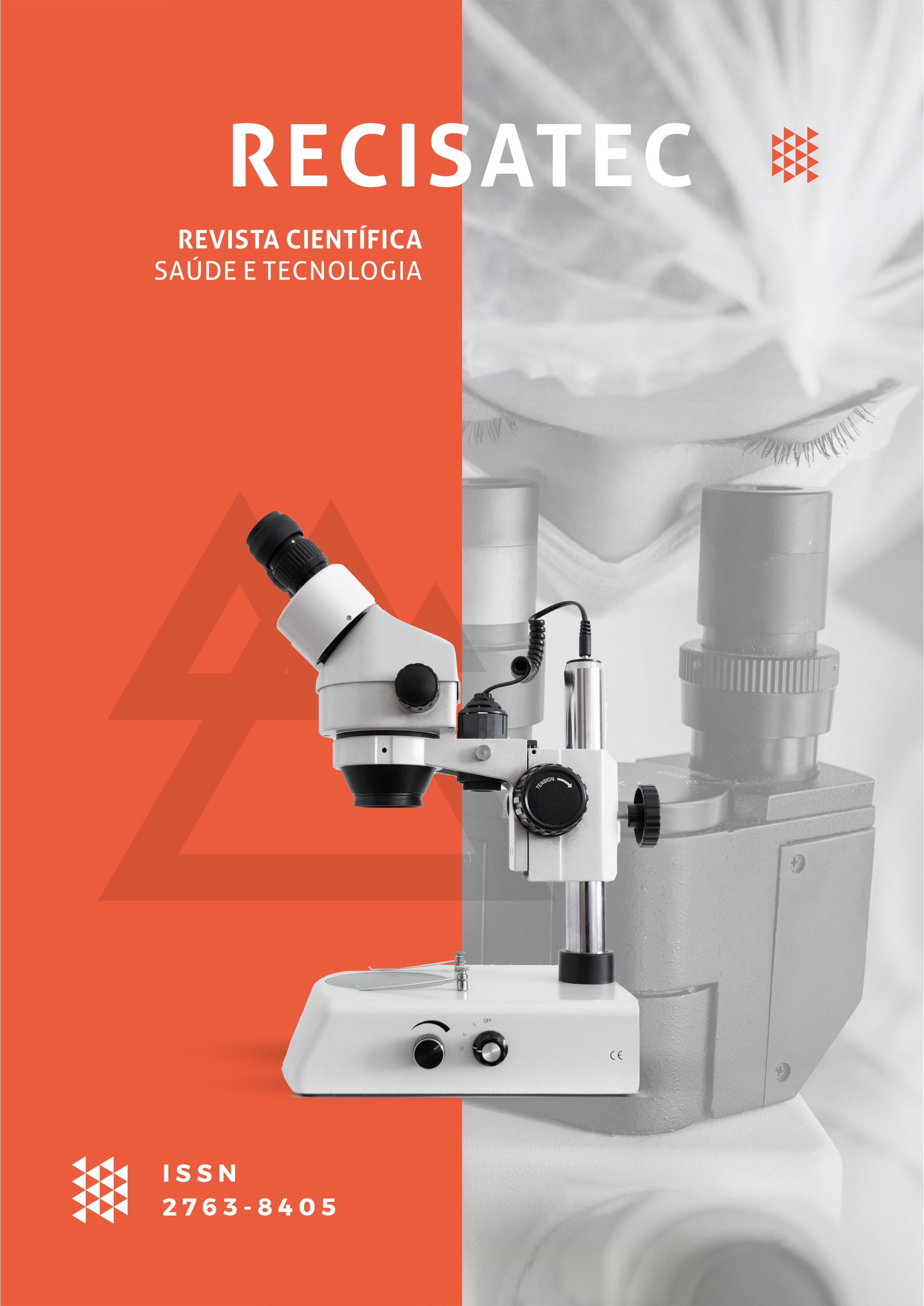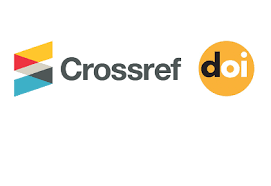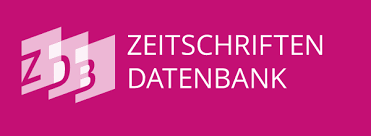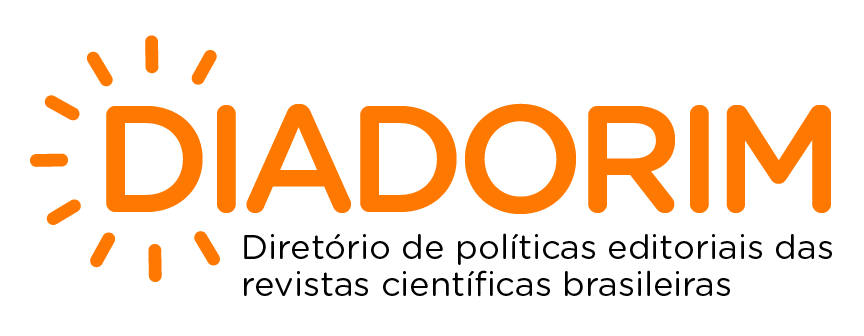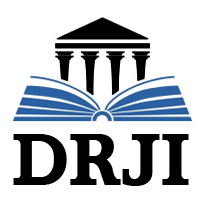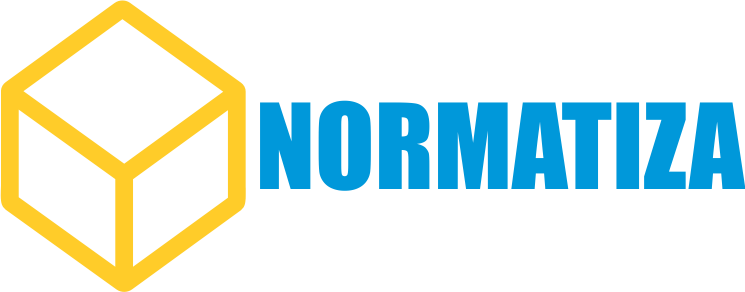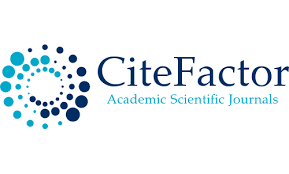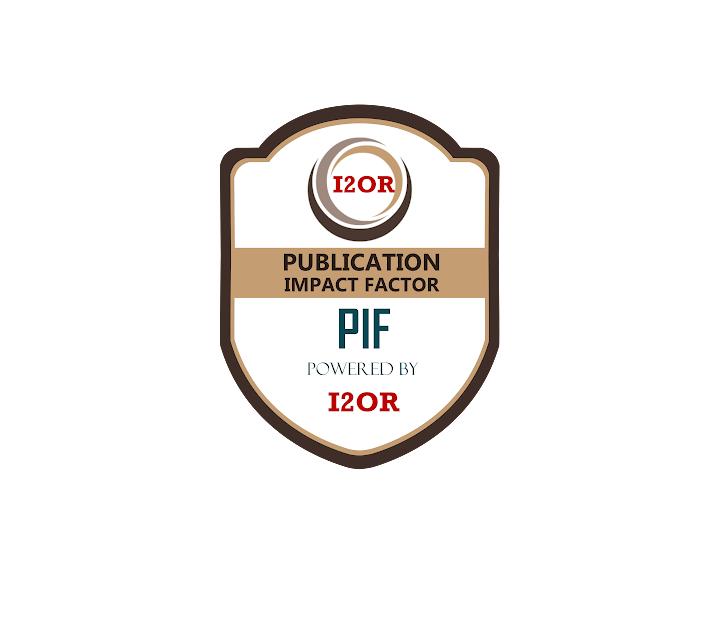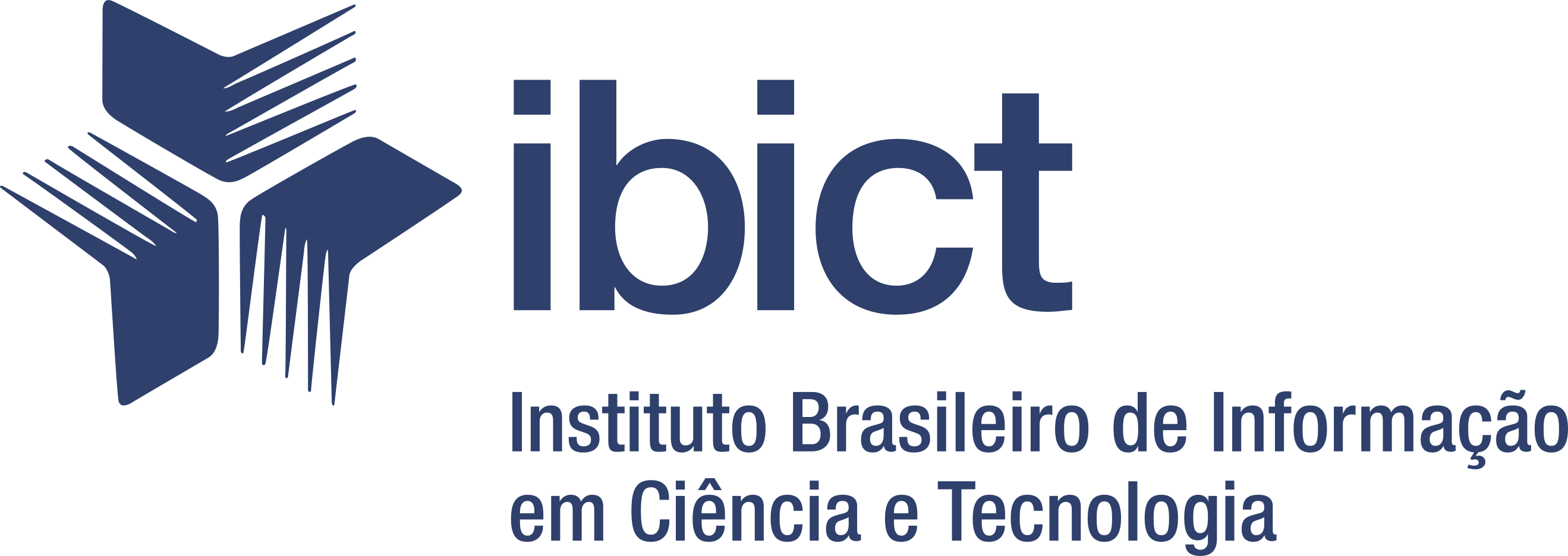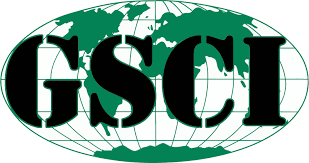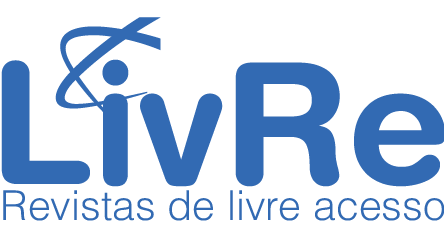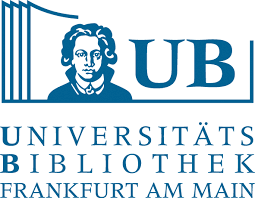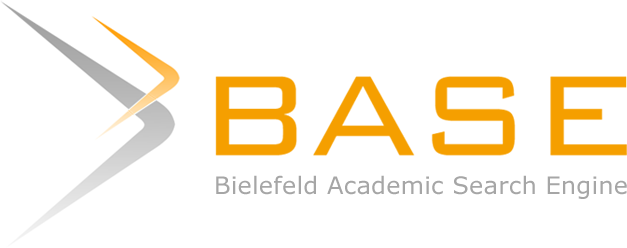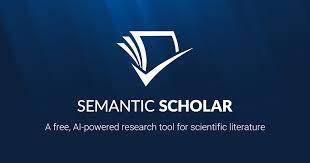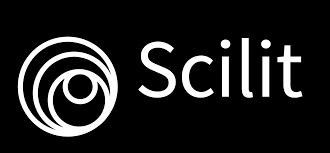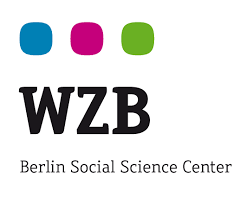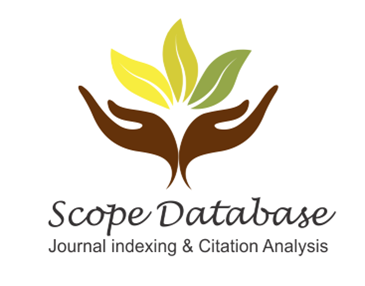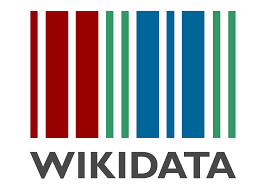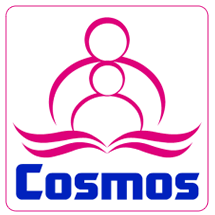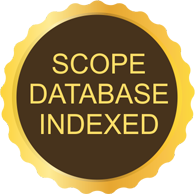BLOQUEO NERVIOSO PERIFÉRICO COMO TRATAMIENTO QUIRÚRGICO DE LA CEFALEA POR USO EXCESIVO DE MEDICAMENTOS: INFORME DE DOS CASOS
DOI:
https://doi.org/10.53612/recisatec.v2i1.73Palabras clave:
cabeza por uso excesivo de medicamentos (EMC)Resumen
El dolor de cabeza por uso excesivo de medicamentos (EMC) es un dolor de cabeza secundario que ocurre durante 15 o más días por mes en pacientes con un diagnóstico preexistente de dolor de cabeza primario, que conduce al consumo excesivo regular de medicamentos para el dolor de cabeza sintomático durante 10 días en casos de ergotamina, triptantes, opioides y combinaciones de analgésicos, o durante más de 15 días en casos de analgésicos no opioides, paracetamol y medicamentos antiinflamatorios no esteroideos por mes durante más de 3 meses. La CEM es una de las enfermedades incapacitantes que ha tenido la incidencia más alta desde la década de 1990. La principal medida terapéutica es la retirada del medicamento sobreutilizado. Sin embargo, algunos pacientes no responden completamente al protocolo de retirada y, además, aquellos que mostraron mejoría, todavía tienen dolores de cabeza mensuales, aunque lo suficiente como para no ser diagnosticados con EMF. Los bloqueos anestésicos son un recurso para el manejo de diferentes cefaleas, ya sea como tratamiento aislado o combinado, o para el tratamiento de la cefalea de rebote después de la retirada del fármaco. Los anestésicos locales son capaces de interrumpir reversiblemente la conducción del impulso nervioso bloqueando los canales de sodio dependientes del voltaje a través de su fracción no ionizada, reduciendo así la excitabilidad celular. Por lo tanto, este estudio tuvo como objetivo informar el uso del bloqueo nervioso periférico como un tratamiento alternativo y efectivo para la CEM.
Descargas
Citas
Vos T, Allen C, Arora M, Barber RM, Bhutta ZA, Brown A, et al. Global, regional, and
national incidence, prevalence, and years lived with disability for 310 diseases and
injuries, 1990–2015: a systematic analysis for the Global Burden of Disease Study
Lancet. 2016;388(10053):1545–602.
Headache Classification Committee of the International Headache Society (IHS). The
International Classification of Headache Disorders, 3rd edition. Cephalalgia.
;38(1):1–211.
Diener HC, Antonaci F, Braschinsky M, Evers S, Jensen R, Lainez M, et al. European
Academy of Neurology guideline on the management of medication-overuse
headache. Eur J Neurol. 2020;27(7):1102–1116. DOI: https://doi.org/10.1111/ene.14268
Evers S, Jensen R. Treatment of medication overuse headache – guideline of the
EFNS headache panel. Eur J Neurol. 2011;18(9):1115–1121. DOI: https://doi.org/10.1111/j.1468-1331.2011.03497.x
Carlsen LN, Munksgaard SB, Jensen RH, Bendtsen L. Complete detoxification is the
most effective treatment of medication-overuse headache: A randomized controlled
open-label trial. Cephalalgia. 2018;38(2):225–236. DOI: https://doi.org/10.1177/0333102417737779
Koçer A, Memişoğullari R, Domaç FM, Ilhan A, Koçer E, Okuyucu Ş, et al. IL-6 levels
in migraine patients receiving topiramate. Pain Pract. 2009;9(5):375–379. DOI: https://doi.org/10.1111/j.1533-2500.2009.00301.x
Olesen J. The International Classification of Headache Disorders, 2nd edition (ICHD II)/Classification internationale des céphalées. 2nde édition. Rev Neurol.
;161(6–7):689–691.
Rendas-Baum R, Yang M, Varon SF, Bloudek LM, DeGryse RE, Kosinski M.
Validation of the Headache Impact Test (HIT-6) in patients with chronic migraine.
Health Qual Life Outcomes. 2014;12:117. DOI: https://doi.org/10.1186/s12955-014-0173-5
Kosinski M, Bayliss MS, Bjorner JB, et al. A six-item short-form survey for measuring
headache impact: the HIT-6. Qual Life Res. 2003;12:963–974. DOI: https://doi.org/10.1023/A:1026119331193
Brasil. Ministério da Saúde. Conselho Nacional de Saúde. Resolução n° 466, de 12
de dezembro de 2012. Aprova as diretrizes e normas regulamentadoras de
pesquisa envolvendo seres humanos. Diário Oficial União. 2013 June
;112(Seção 1):59. [acesso em 5 out 2020]. Disponível em:
https://pesquisa.in.gov.br/imprensa/jsp/visualiza/index.jsp?jornal=1&pagina=59&dat
a=13/06/2013
Ad Hoc Committee. Classification of headache. J Am Med Assoc. 1962;179(9):717–
Headache Classification Committee of the International Headache Society.
Classification and diagnostic criteria for headache disorders, cranial neuralgias and
facial pain. Cephalalgia 1988; 8(Suppl 7):1–96.
Vandenbussche N, Laterza D, Lisicki M, Lloyd J, Lupi C, Tischler H, et al. Medication overuse headache: a widely recognized entity amidst ongoing debate. J Headache
Pain. 2018;19(1):50. DOI: https://doi.org/10.1016/S1524-9042(18)30400-4
Headache Classification Committee of the International Headache Society (IHS). The
International Classification of Headache Disorders, 3rd edition (beta version).
Cephalalgia. 2013;33(9):629–808. DOI: https://doi.org/10.1177/0333102413485658
Westergaard ML, Hansen EH, Glümer C, Olesen J, Jensen RH. Definitions of
medication-overuse headache in population-based studies and their implications on
prevalence estimates: A systematic review. Cephalalgia. 2014;34(6):409–425. DOI: https://doi.org/10.1177/0333102413512033
Mose LS, Pedersen SS, Debrabant B, Jensen RH, Gram B. The role of personality,
disability and physical activity in the development of medication-overuse headache:
a prospective observational study. J Headache Pain. 2018;19(1):39. DOI: https://doi.org/10.1186/s10194-018-0863-1
Krymchantowski AV, Jevoux CC, Krymchantowski AG, Vivas RS, Silva-Néto R.
Medication overuse headache: an overview of clinical aspects, mechanisms, and
treatments. Expert Rev Neurother. 2020;20(6):591–600. DOI: https://doi.org/10.1080/14737175.2020.1770084
Diener HC, Holle D, Solbach K, Gaul C. Medication-overuse headache: risk factors,
pathophysiology and management. Nat Rev Neurol. 2016;12(10):575–583. DOI: https://doi.org/10.1038/nrneurol.2016.124
De Felice M, Sanoja R, Wang R, Vera-Portocarrero L, Oyarzo J, King T, et al.
Engagement of descending inhibition from the rostral ventromedial medulla protects
against chronic neuropathic pain. Pain. 2011;152(12):2701–2709. DOI: https://doi.org/10.1016/j.pain.2011.06.008
Krymchantowski AV, Tepper SJ, Jevoux C, Valença M. Medication-overuse
headache: protocols and outcomes in 149 consecutive patients in a tertiary Brazilian
headache center. Headache. 2017;57(1):87–96. DOI: https://doi.org/10.1111/head.12970
Scher AI, Lipton RB, Stewart WF, Bigal M. Patterns of medication use by chronic and
episodic headache sufferers in the general population: Results from the frequent
headache epidemiology study. Cephalalgia. 2010;30(3):321–328. DOI: https://doi.org/10.1111/j.1468-2982.2009.01913.x
Vos T, Barber RM, Bell B, Bertozzi-Villa A, Biryukov S, Bolliger I, et al. Global,
regional, and national incidence, prevalence, and years lived with disability for 301
acute and chronic diseases and injuries in 188 countries, 1990-2013: a systematic
analysis for the Global Burden of Disease Study 2013. Lancet. 2015;386(9995):743–
Martins IP, Sousa L, Monteiro JMP. Enxaqueca crónica, refratária e cefaleias por uso
excessivo de medicamentos: Revisão clínica e terapêutica. Sinapse. 2018;18(2):66–
Lanteri-Minet M. Economic burden and costs of chronic migraine. Curr Pain
Headache Rep. 2014;18(1):385.
Radat F, Creac’h C, Swendsen JD, Lafittau M, Irachabal S, Dousset V, et al.
Psychiatric comorbidity in the evolution from migraine to medication overuse
headache. Cephalalgia. 2005;25(7):519–522. DOI: https://doi.org/10.1111/j.1468-2982.2005.00910.x
Paemeleire K, Bahra A, Evers S, Matharu MS, Goadsby PJ. Medication-overuse
headache in patients with cluster headache. Neurology. 2006;67(1):109–113. DOI: https://doi.org/10.1212/01.wnl.0000223332.35936.6e
Di Lorenzo C, Coppola G, Currà A, Grieco G, Santorelli FM, Lepre C, et al. Cortical
response to somatosensory stimulation in medication overuse headache patients is
influenced by angiotensin converting enzyme (ACE) I/D genetic polymorphism.
Cephalalgia. 2012;32(16):1189–1197. DOI: https://doi.org/10.1177/0333102412461890
Andersen S, Skorpen F. Variation in the COMT gene: implications for pain perception
and pain treatment. Pharmacogenomics. 2009;10(4):669–684. DOI: https://doi.org/10.2217/pgs.09.13
Cargnin S, Viana M, Ghiotto N, Bianchi M, Sances G, Tassorelli C, et al. Functional
polymorphisms in COMT and SLC6A4 genes influence the prognosis of patients with
medication overuse headache after withdrawal therapy. Eur J Neurol.
;21(7):989–995.
Kumar S, Ranjan P, Mittal B, Ghoshal UC. Serotonin transporter gene (SLC6A4)
polymorphism in patients with irritable bowel syndrome and healthy controls. J
Gastrointestin Liver Dis. 2012;21(1):31–38.
Viganò A, Torrieri MC, Toscano M, Puledda F, Petolicchio B, D’Elia TS, et al.
Neurophysiological correlates of clinical improvement after greater occipital nerve
(GON) block in chronic migraine: Relevance for chronic migraine pathophysiology. J
Headache Pain. 2018;19(1):73.
Cargnin S, Viana M, Sances G, Tassorelli C, Terrazzino S. A systematic review and
critical appraisal of gene polymorphism association studies in medication-overuse
headache. Cephalalgia. 2018;38(7):1361–1373. DOI: https://doi.org/10.1177/0333102417728244
Supornsilpchai W, Le Grand SM, Srikiatkhachorn A. Involvement of pro-nociceptive
-HT2A receptor in the pathogenesis of medication-overuse headache. Headache.
;50(Suppl 2):185–197.
World Health Organization. The role of the pharmacist in self-care and self medication. Geneve: World Health Organization; 1998. [acesso em 7 out 2020].
Disponível em:
https://apps.who.int/iris/bitstream/handle/10665/65860/WHO_DAP_98.13.pdf?sequ
ence=1&isAllowed=y
Arrais PSD, Fernandes MEP, Dal Pizzol TS, Ramos LR, Mengue SS, Luiza VL, et al.
Prevalence of self-medication in Brazil and associated factors. Rev Saude Publica.
;50(Supl. 2):1s–13s.
Costa CMFN, Silveira MR, Acurcio FA, Guerra Junior AA, Guibu IA, Costa KS, et al.
Utilização de medicamento pelos usuários da atenção primária do Sistema Único de
Saúde. Rev Saude Publica. 2017;51(Supl. 2):1s–11s.
Carrera-Lasfuentes P, Aguilar-Palacio I, Clemente Roldán E, Malo Fumanal S,
Rabanaque Hernandez MJR. Consumo de medicamentos en población adulta:
influencia del autoconsumo. Aten Primaria. 2013;45(10):528–535. DOI: https://doi.org/10.1016/j.aprim.2013.05.006
Dodick DW, Turkel CC, Degryse RE, Aurora SK, Silberstein SD, Lipton RB, et al.
OnabotulinumtoxinA for treatment of chronic migraine: Pooled results from the
double-blind, randomized, placebo-controlled phases of the PREEMPT clinical
program. Headache. 2010;50(6):921–936. DOI: https://doi.org/10.1111/j.1526-4610.2010.01678.x
Chiang CC, Schwedt TJ, Wang SJ, Dodick DW. Treatment of medication-overuse
headache: A systematic review. Cephalalgia. 2016;36(4):371–386. DOI: https://doi.org/10.1177/0333102415593088
Cevoli S, Giannini G, Favoni V, Terlizzi R, Sancisi E, Nicodemo M, et al. Treatment
of withdrawal headache in patients with medication overuse headache: a pilot study.
J Headache Pain. 2017;18(1):56. DOI: https://doi.org/10.1186/s10194-017-0766-6
Limmroth V, Biondi D, Pfeil J, Schwalen S. Topiramate in patients with episodic
migraine: Reducing the risk for chronic forms of headache. Headache.
;47(1):13–21.
Tassorelli C, Jensen R, Allena M, De Icco R, Sances G, Katsarava Z, et al. A
consensus protocol for the management of medication-overuse headache:
Evaluation in a multicentric, multinational study. Cephalalgia. 2014;34(9):645–655. DOI: https://doi.org/10.1177/0333102414521508
Munksgaard SB, Bendtsen L, Jensen RH. Treatment-resistant medication overuse
headache can be cured. Headache. 2012;52(7):1120–1129. DOI: https://doi.org/10.1111/j.1526-4610.2012.02191.x
Yan Z, Chen Y, Chen C, Li C, Diao X. Analysis of risk factors for medication-overuse
headache relapse: A clinic-based study in China. BMC Neurol. 2015;15:168. DOI: https://doi.org/10.1186/s12883-015-0422-1
Katsarava Z, Muessig M, Dzagnidze A, Fritsche G, Diener HC, Limmroth V.
Medication overuse headache: Rates and predictors for relapse in a 4-year
prospective study. Cephalalgia. 2005;25(1):12–15. DOI: https://doi.org/10.1111/j.1468-2982.2004.00789.x
Tobin J, Flitman S. Occipital nerve blocks: When and what to inject? Headache.
;49(10):1521–1533.
Santos Lasaosa S, Cuadrado Pérez ML, Guerrero Peral AL, Huerta Villanueva M,
Porta-Etessam J, Pozo-Rosich P, et al. Guía consenso sobre técnicas de infiltración
anestésica de nervios pericraneales. Neurología. 2017;32(5):316–330. DOI: https://doi.org/10.1016/j.nrl.2016.04.017
Dach F, Éckeli AL, Ferreira KS, Speciali JG. Nerve block for the treatment of
headaches and cranial neuralgias – A practical approach. Headache. 2015;55(Suppl. DOI: https://doi.org/10.1111/head.12516
:59–71.
Karadaş Ö, Özön AÖ, Özçelik F, Özge A. Greater occipital nerve block in the
treatment of triptan-overuse headache: A randomized comparative study. Acta
Neurol Scand. 2017;135(4):426–433. DOI: https://doi.org/10.1111/ane.12692
Govindappagari S, Grossman TB, Dayal AK, Grosberg BM, Vollbracht S, Robbins
MS. Peripheral nerve blocks in the treatment of migraine in pregnancy. Obstet
Gynecol. 2014;124(6):1169–1174. DOI: https://doi.org/10.1097/AOG.0000000000000555
Ashkenazi A, Blumenfeld A, Napchan U, Narouze S, Grosberg B, Nett R, et al.
Peripheral nerve blocks and trigger point injections in headache management – A
systematic review and suggestions for future research. Headache. 2010;50(6):943– DOI: https://doi.org/10.1111/j.1526-4610.2010.01675.x
Descargas
Publicado
Cómo citar
Número
Sección
Categorías
Licencia
Derechos de autor 2022 RECISATEC - REVISTA CIENTÍFICA SALUD Y TECNOLOGÍA

Esta obra está bajo una licencia internacional Creative Commons Atribución 4.0.
Os direitos autorais dos artigos/resenhas/TCCs publicados pertecem à revista RECISATEC, e seguem o padrão Creative Commons (CC BY 4.0), permitindo a cópia ou reprodução, desde que cite a fonte e respeite os direitos dos autores e contenham menção aos mesmos nos créditos. Toda e qualquer obra publicada na revista, seu conteúdo é de responsabilidade dos autores, cabendo a RECISATEC apenas ser o veículo de divulgação, seguindo os padrões nacionais e internacionais de publicação.

